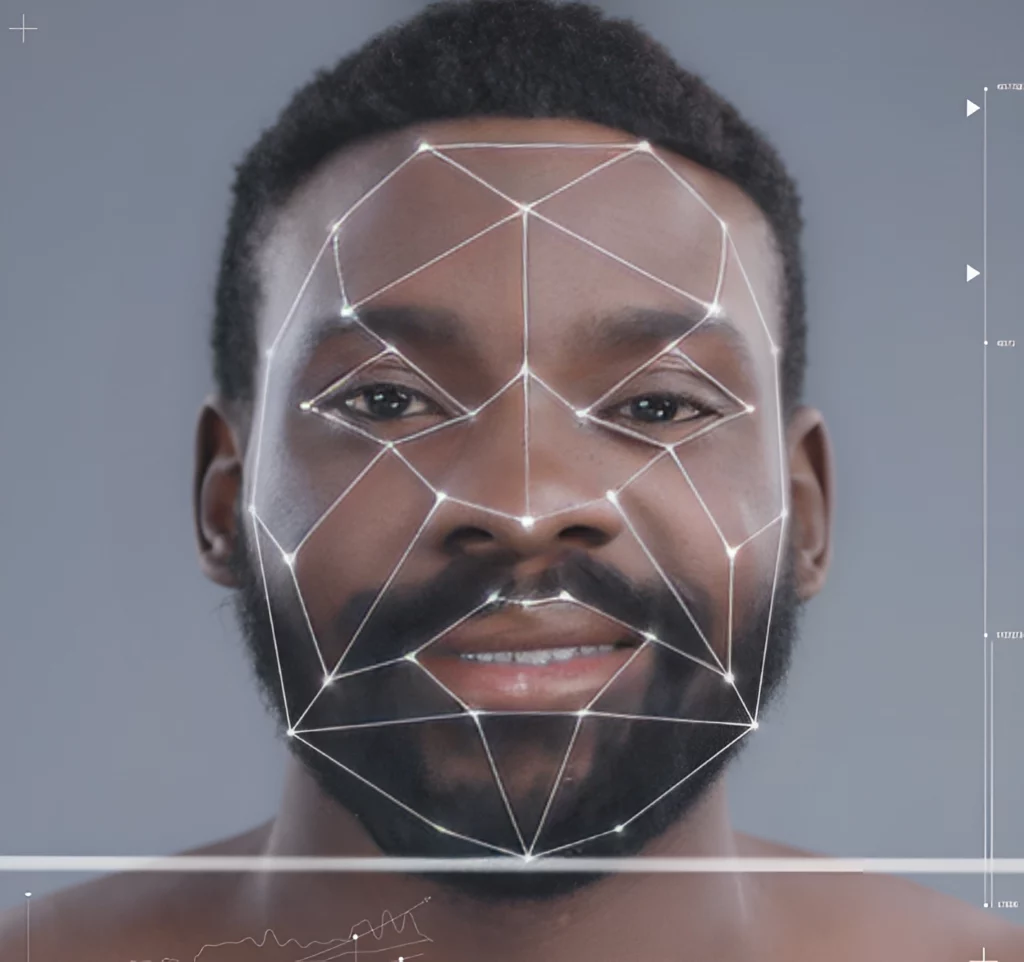Presentations are necessary to visualize the speaker’s performance. We only use our own photography for your presentations to ensure they are original and memorable. At Wonderslide, our image selection process is thorough and based on a set of principles that prioritize positivity, relevance and technical excellence. Here we’re sharing our art director’s secrets – Paul Lakhtachev.
What principles do we have?
Positive and non-traumatizing content
We prioritize light and positive photos, so one of our most important criteria is that they be positive and non-traumatizing. This means we avoid images that contain violence, blood, or any content that can cause feelings of trauma or disgust. The emphasis on finding a suitable replacement or shifting the focus to alternative images such as doctors or hospital settings demonstrates flexibility in maintaining a positive platform atmosphere. Recognizing that context can vary and the need to choose safe content because of this speaks to Wonderslide’s attention to different audiences. By creating content that is uplifting and enjoyable, Wonderslide aims to create a community that appreciates beauty and positivity.

Relevance and extensive disclosure
Each photograph selected for Wonderslide is chosen based on its relevance to the topic it represents. The images are expected to not only complement the content of the presentation but also provide a comprehensive view of the subject. Whether it is about travel, science, or lifestyle, the photos chosen should not just adorn the material, but actively help the audience understand the topic.
For example, if the presentation is about a country, the selected photos should not only showcase the beauty of the place but also reveal various aspects such as local culture, landmarks and lifestyle.
Professional quality
Beyond content and relevance, Wonderslide places great importance on the technical quality of the selected photos. Images must meet high standards of sharpness, lighting and composition. Otherwise, the presentation will lose its informative value and beauty.

Direct foreshortening
Foreshortening plays an important role in the viewer’s perception of the image. We favor direct foreshortening photos because they give a clear and crisp view of the subject. This approach ensures quick and accurate interpretation of the content without any visual distortion or confusion.
Legible essence
The essence of each image should be obvious, not requiring the viewer to guess or interpret. Whether it’s a mesmerizing landscape, a heartwarming moment, or an informative diagram, the selected photos should clearly and effectively convey the essence. This readability allows viewers to easily absorb information and enjoy the visual.

If you choose the pictures by yourself
When selecting your own photos for your presentation, it’s important to keep in mind your audience and what you want to convey. Here are some types of photos that are generally best not to use in presentations:
Inappropriate or offensive content
Avoid using images that could be seen as offensive, inappropriate, or disrespectful. This includes content that may be culturally, religiously or socially offensive.
Blurry or poorly composed images
Choose clear, sharp and well-composed photos. Blurry or poorly composed images can diminish the professionalism of the presentation and distract the audience.
Low-quality or pixelated photos
Low-quality, pixelated or stretched images can give your presentation an unprofessional look. Choose high-resolution images to ensure your presentation is clear and visually attractive.
Disturbing images
Beware of overly graphic or disturbing images, especially if they are not directly related to the topic of the presentation. You want to keep it professional.
Wonderslide’s photo selection process is a combination of art and science, with a commitment to positivity, relevance and technical excellence at its core. By adhering to these principles, we offer high-quality images to make your presentations even more compelling. Don’t forget that text is also important, we talked about this in a previous article.
We hope our tips will help you choose the best!